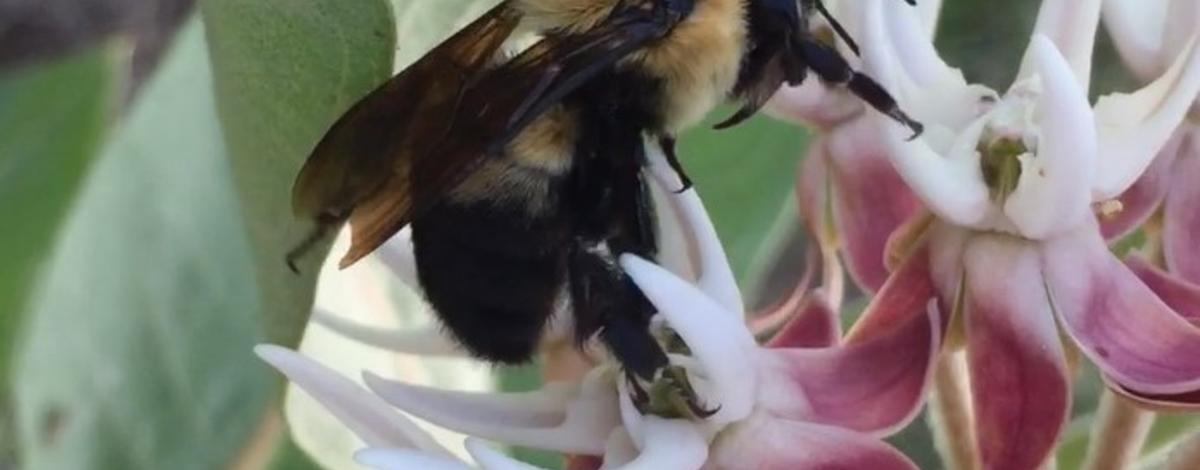The Pacific Northwest is home to nearly 30 species of bumble bees and many of them face an uncertain future. As part of the Pacific Northwest Bumble Bee Atlas Project, Idaho Fish and Game and its conservation partners are collecting field observations of bumble bees. The goal is to map bumble bee populations in the Pacific Northwest, but they can’t do it alone.
“Washington, Idaho and Oregon are large, and we need an army of trained volunteers equipped with cameras to help survey the entire region,” said Rich Hatfield, Senior Conservation Biologist at the Xerces Society for Invertebrate Conservation.
To create this army of volunteers, Fish and Game and its partners are holding bumble bee workshops in Idaho Falls, ID and Spokane, WA this spring.
Trainings
The trainings are provided for anyone who has a curiosity for bumble bees and flowers, and an interest in contributing to this important citizen science project.
- Idaho Falls workshop is being held April 27 from 10:00am to 4:00pm at Fish and Game’s regional office. Go to the Xerces website to register.
- Spokane workshop is being held May 18 from 10:00am to 4:00pm at the Spokane County Extension Office. Go to the Xerces website, to register.
For more information on these workshops and other ways to participate, contact Fish and Game biologist Joel Sauder at 208-750-4223 or joel.sauder@idfg.idaho.gov
Other Training Options
Can’t go to the workshop, but still want to know how to collect bumble bee data? There are detailed instructions on the Xerces website including videos on how to net, handle and photograph bumble bees.
Pacific Northwest Bumble Bee Atlas Project
In recent years, all pollinators have been recognized for their essential role in keeping our environment healthy and contributing to successful harvests on farms. Much attention has been given to the plight of the introduced European honey bee. Less publicized, but no less important, is the parallel decline of native, wild bee populations, particularly bumble bees.
While this project will target all species of bumble bees, there are three species whose population declines are of particular concern: the western bumble bee (Bombus occidentalis), Morrison’s bumble bee (Bombus morrisoni) and the Suckley cuckoo bumble bee (Bombus suckleyi).
One of the goals of the project is to better understand where bumble bee species occur in remote parts of the region. Much of what we currently know about bumble bee distributions is focused on places where people live or travel, such as towns, cities and near roads.
Getting better information about which species of bumble bees occur in remote areas will help researchers track these species and understand what types of habitat they are associated with, ultimately supporting the conservation of the most at-risk species.
The Pacific Northwest Bumble Bee Atlas is spearheaded by the Idaho Department of Fish and Game, Washington Department of Fish and Wildlife, Oregon State University, and the Xerces Society for Invertebrate Conservation. The partners are collaborating with citizen scientists to collect information on bumble bees, including Species of Greatest Conservation Need, in Oregon, Washington and Idaho.
People can learn more about the project and how to contribute at the Pacific Northwest Bumble Bee Atlas Project website.

